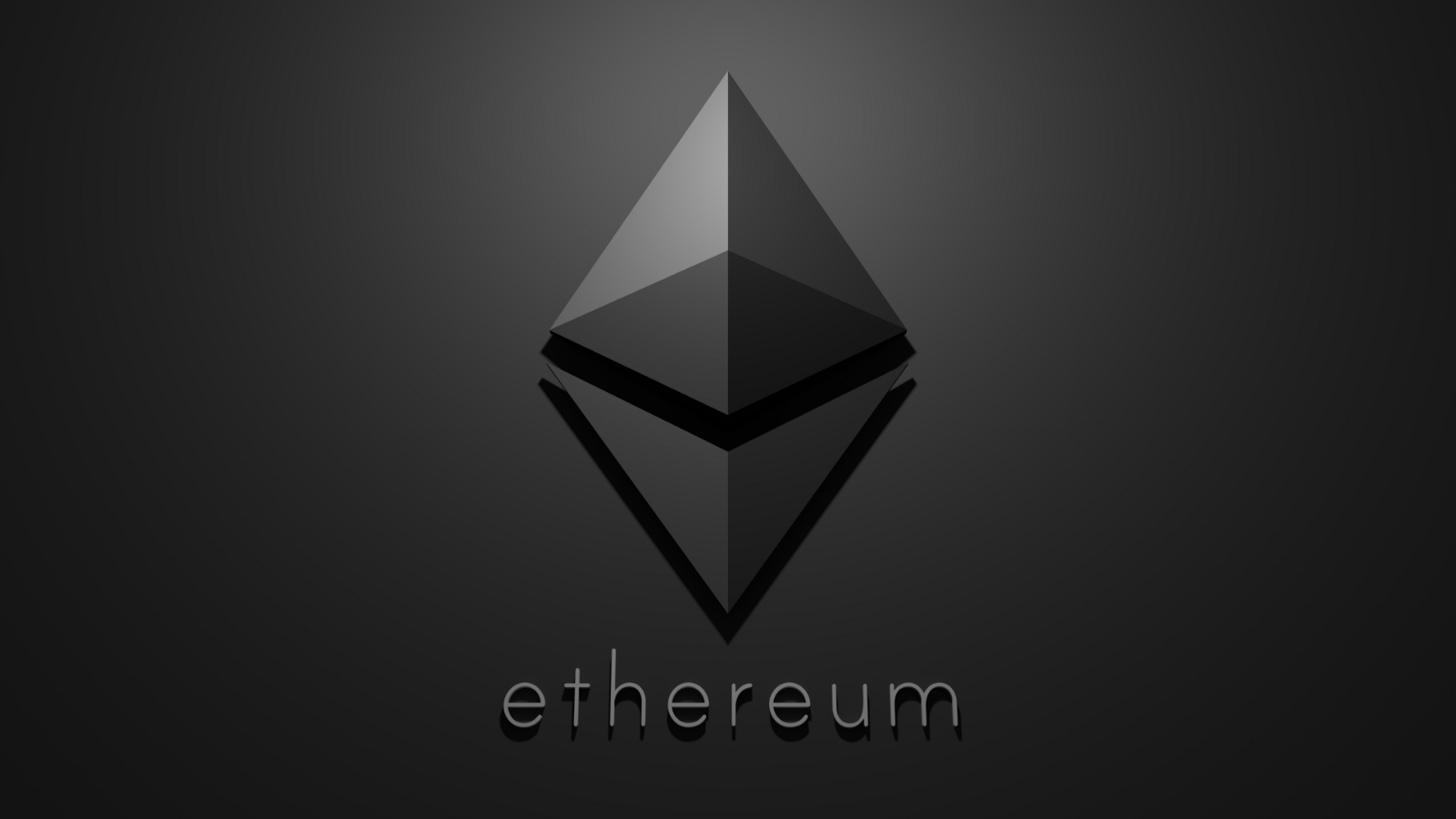
A subsidiary of global banking giant Intesa Sanpaolo is taking steps to reimagine what the $1.2 quadrillion derivatives market might one day look like on a public blockchain.
In a new white paper released today, Banca IMI details how an ethereum smart contract built by Intesa Innovation, Banca IMI and blockchain startup Oraclize makes it impossible for any counterparty to default by anticipating eventualities that might otherwise result from a legal dispute.
Written by the bank's head of interest rate and credit models, Massimo Morini, the paper represents a continuation of work he's been conducting at Banca IMI for two years. However, it also hints at what sets the bank apart in its approach to the blockchain sector.
While its peers have been largely working to resolve regulatory concerns and protect user confidentiality, Banca IMI has been focusing on the business of derivatives.
But in an exclusive interview with CoinDesk Morini also shed light on two other projects currently underway that he hopes could help inspire entirely new derivatives models using bitcoin and ethereum.
Morini said:
"We tried to design a business model exploiting the technology such that from a financial point of view it works on the public blockchain, because the guarantees are so much stronger than those we have with standard technology."
On-chain derivatives
In the paper, Morini opens with a detailed mathematical description of how collateralized derivatives meant to help offset risks can backfire.
While derivatives built on underlying assets such as cash, gold and bonds are constructed to minimize loss in more high-risk endeavors, what the report calls "a generic paper contract" might not specify data sources or algorithms implemented by the counterparties.
As a result of these uncertainties and others, discrepancies between the parties can result in default, delays and costly legal litigation. According to Morini, though, a smart contract executed on the ethereum blockchain could make this a problem of the past.
In the proof-of-concept (POC) detailed in the paper, a smart contract was built using an ethereum testnet that communicated contract details to an external computation engine located in the cloud.
Instead of risking delays and relying on courts to resolve possible disputes, Morini said the team's derivatives workflow builds the terms of resolution into the smart contract itself.
By anticipating problems and encoding solutions, he said his smart contract-based derivative could reduce delays from days to minutes and dramatically cut the cost of resolution.
"In the end, it's enough that the smart contract keeps a little amount of funds to be used in case one stops paying, to guarantee that even if one stops paying, in a few hours, you are out of the contract and you have lost no money," he said, adding:
"This is really a different business model from what we are used to seeing in standard financial markets, but financially, it works."
Transitioning to the chain
But the potential solution developed by Morini's team can only go so far without some help from financial institutions.
Last year, the 18-year veteran of the bank wrote another paper about how the potential benefits of moving transactions to a distributed ledger would be mitigated if banks don't meet the change halfway.
As such, other projects currently underway afford users various degrees of privacy while the public blockchain use case matures.
One project employs a network of state channels designed to let counterparties send messages related to a derivative to each other off of the blockchain. The project, which is only in its earliest stages, is designed to ease concerns about privacy by only interacting with the public blockchain when a derivative terminates.
A third project — also being built with Intesa Sanpaolo, Banca IMI and Oraclize — aims to give users the highest levels of privacy by building private blockchains into a central counterparty clearing house (CCP) for trading derivatives.
"In the long term, this may also mean the transformation of their business model, where you actually keep some elements of the current business model," he said. "But also you improve in other elements and you create some more decentralization even in a fundamentally centralized business model."
Obstacles ahead
But while Morini appears convinced of the superiority of public blockchains to service the derivatives market, he concedes one fundamental obstacle which has yet to be fully overcome: privacy.
To meet that demand, derivatives startups like LedgerX are already conducting increasingly complicated contracts using bitcoin, and the DTCC is using a private blockchain developed by Axoni to move its own derivatives to a blockchain.
Yet, even as one U.K financial regulator has warned against investing in derivatives that rely on cryptocurrencies, Morini remains convinced his work is headed towards a derivatives market that leverages the best of the old and the new.
He concluded:
"The fundamental idea is to perform a change — a reform if you want — of the business model of financial derivatives to exploit in the best way the technology of the blockchain to get derivatives which are more transparent, which are more secure."
Hi! I am a robot. I just upvoted you! I found similar content that readers might be interested in:
https://www.coindesk.com/italian-bank-intesa-sanpaolo-exploring-ethereum-derivatives/
Downvoting a post can decrease pending rewards and make it less visible. Common reasons:
Submit